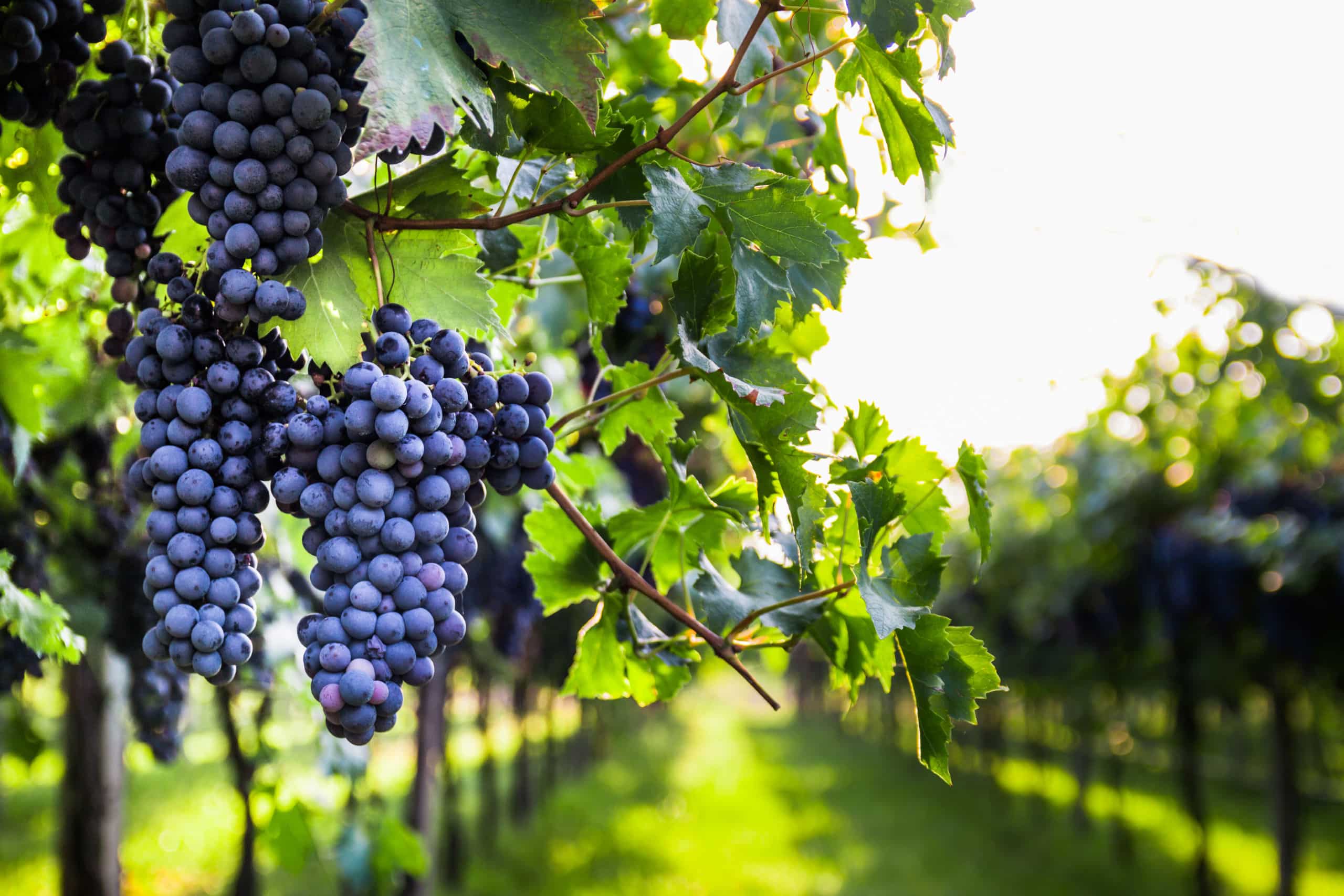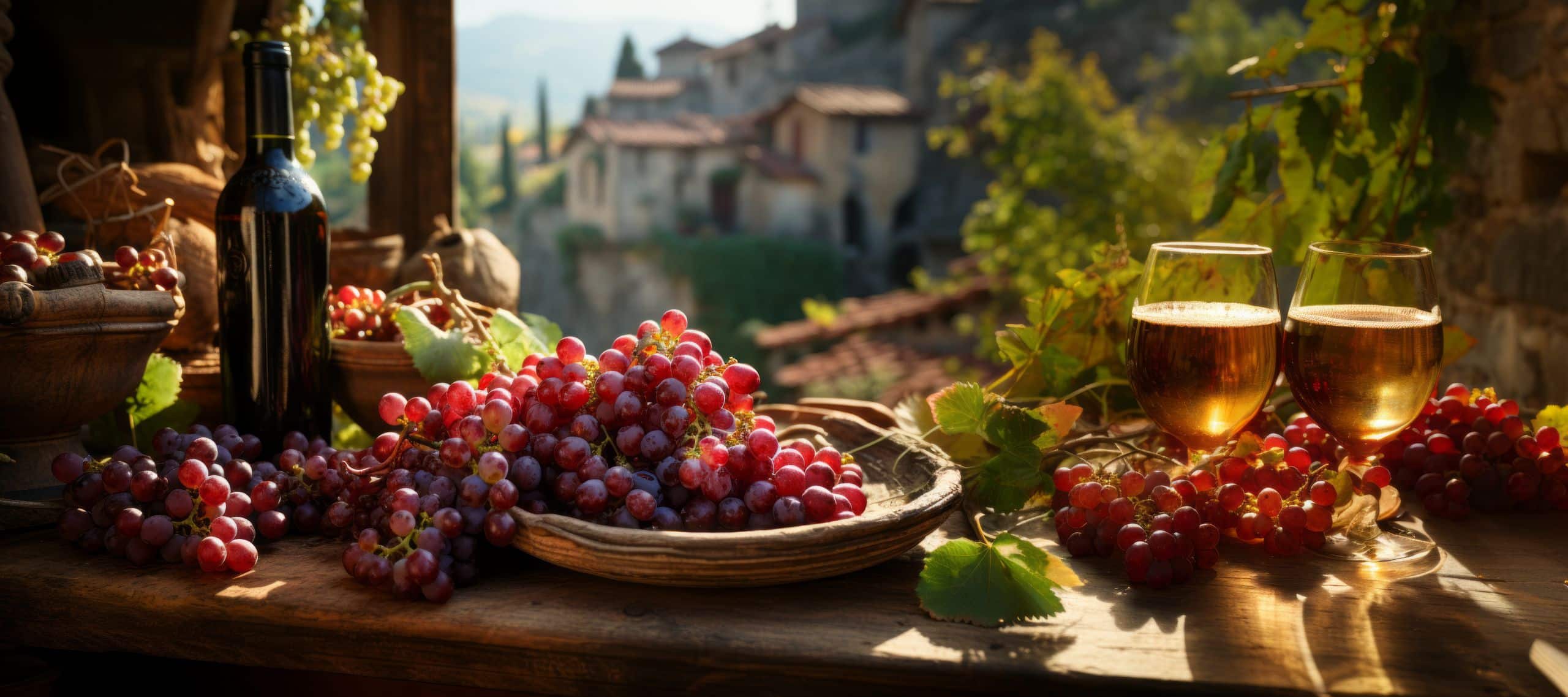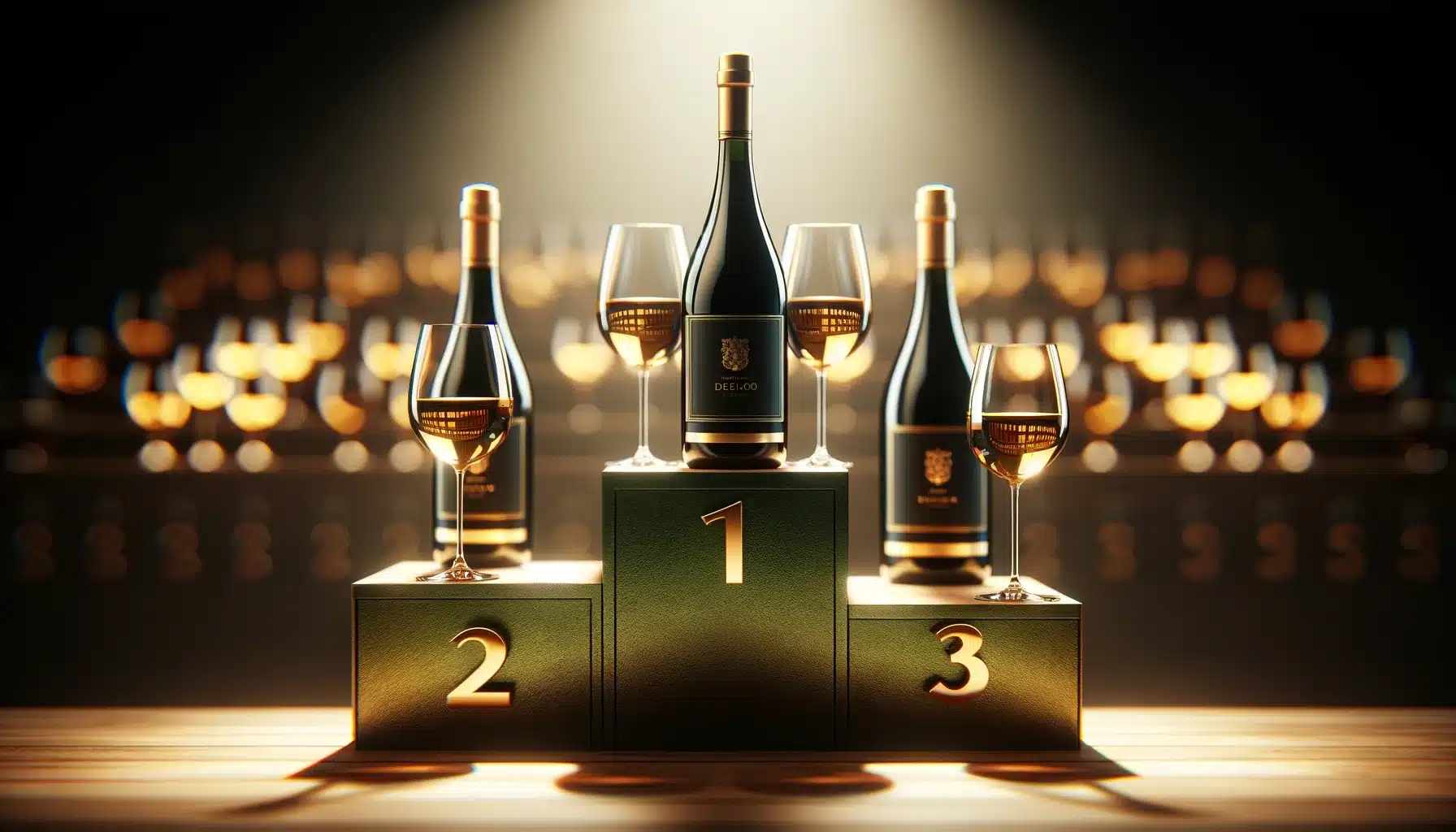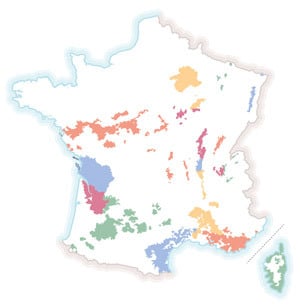
Contents
A little history…
The Bordeaux region is one of the world’s best-known wine-growing regions, with a reputation built up over the centuries.
The Bordeaux region is divided into several sub-regions: Médoc, Blayais, Bourgeais, Libournais,Entre-deux-mers and Graves.
Historically, it was during the Exposition Universelle in Paris in 1855 that Bordeaux brokers drew up their first list of the region’s best estates, at the request of Napoleon III. Bordeaux thus inaugurates the notion of classification, already synonymous with quality and prestige worldwide.
The 1855 classification
In 1855, 60 Médoc wines and 1 Graves wine were classified into 5 categories according to their reputation: Premiers Crus, Deuxièmes Crus, Troisièmes Crus, Quatrièmes Crus and Cinquièmes Crus. Premiers Crus include Château Lafite-Rothschild, Château Latour, Château Margaux, Château Mouton Rothschild and Château Haut-Brion.
As for sweet white wines, 27 crus from the Sauternes and Barsac appellations are classified into 3 categories: Premier Cru Supérieur, which includes only Château d’Yquem, Premiers Crus and Deuxièmes Crus.
To this day, the 1855 classification has remained unchanged, with the exception of one estate: the famous Château Mouton Rothschild was upgraded from Second Cru to Premier Cru in 1973.
Graves classification
In 1953, at the request of the Syndicat de défense de l’appellation des Graves, the Institut national des appellations d’origine (INAO) drew up a classification of Graves wines, which had been left out of the 1855 classification.
16 red and white AOC Pessac-Léognan crus were classified without hierarchy, including Château Haut-Brion (also a Premier Cru classé in 1855), Château Pape-Clément, Château Haut-Bailly and Château Smith-Haut-Lafite.
Saint-Emilion classification
In 1954, at the request of the Syndicat de défense de l’appellation Saint-Emilion, INAO classified the Saint-Emilion crus. The INAO reviews this classification every 10 years.
82 AOC Saint-Emilion crus are classified into 2 categories: 64 Grands Crus Classés and 18 Premiers Grands Crus Classés.
The alliance of the Crus bourgeois du Médoc
Since 1932, the Médoc’s Crus Bourgeois have been classified according to their quality, consistency and Haute Valeur Environnementale certification.
This is a more inclusive classification: between 240 and 260 properties, often family-owned, are included, corresponding to over 40% of Médoc production.
Since 2020, the crus have been classified into 14 Crus Bourgeois Exceptionnels, 56 Crus Bourgeois Supérieur and 179 Crus Bourgeois, and their classification is reviewed every 5 years.
The Crus Artisans classification
However, the Crus Artisans designation has existed for over 150 years: these small wine estates were once owned by craftsmen. This distinction was revived in 1989 with the creation of the Syndicat des Crus Artisans du Médoc.
36 Médoc AOC crus for vintages 2017 to 2021 are classified Crus Artisans by a jury of eight experts. The classification is reviewed every 5 years and recognized by the European Commission.
What are today’s references?
Bordeaux wines make wine-lovers around the world salivate. To find your way around this emblematic wine region, The 1855 classification is still the universal benchmark, but it prevents many estates from achieving renown, despite the efforts of winemakers to produce quality crus, particularly outside the Médoc.
The Crus Bourgeois classification nevertheless provides an up-to-date overview of Médoc production, as the situation has changed considerably since 1855.




